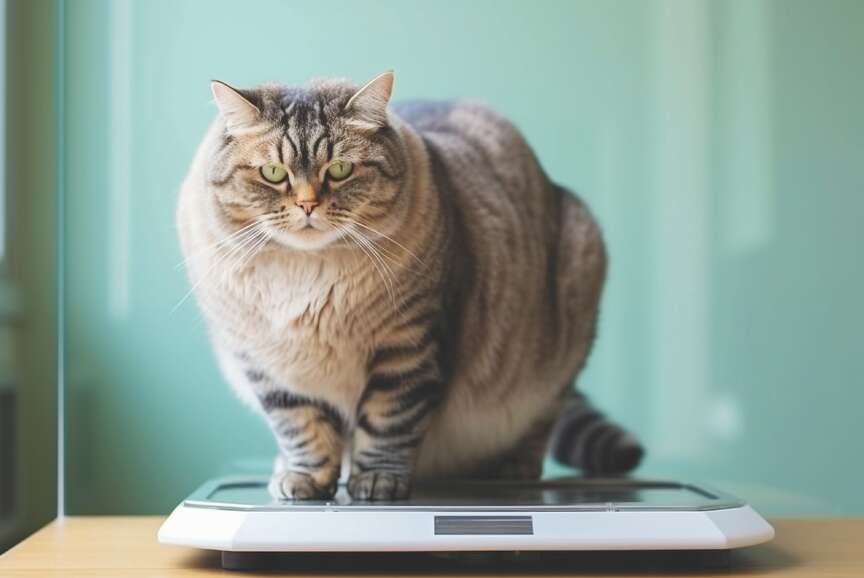By their very nature, cats are fastidious, very neat animals.
There are, however, instances where feline friends may need a little extra loving care. Some may be more easily groomed than others, particularly if this is an unfamiliar experience. Of course, if they're particularly unhappy about home grooming, schedule an appointment with a pro. Don't risk injury to yourself or your furry friend.
BRUSHING THEM
Regular brushing sessions are critically important. It removes things like dead hair and dirt, while stimulating blood flow and improving skin condition. Cats should be brushed at least a couple of times a week. Scheduling trips to the groomer, perhaps annually, becomes even more important as cats age and have more difficulty grooming themselves. If you notice that your cat is scratching or chewing, or if they experience bald spots, schedule a visit to the veterinarian.
PAWS AND NAILS
Help your cat keep their paws clean at all times. That starts with clean surfaces at home, with special attention paid to keeping harmful chemicals off the floor. Wipe their paws regularly, while checking for sores, cuts or swelling. If possible, remove splinters or other debris with bathroom tweezers. Keep the hair between their toes trimmed, as needed.
For nail clipping, choose a quiet, peaceful space where the cat can settle onto your lap. Massage and press paws gently until the nail pops out, trim and then offer treats for good behavior. Nails should be clipped every 10 to 14 days. Be careful to only trim the white part of the nail, since the tender pink portion contains nerves and blood vessels.
EAR CARE
Your cat's ears should be checked weekly for signs of infection, excess wax or any debris. Begin by examining the outer ear, looking for smooth hair with no swelling, redness or discharge. Should you find any of these indicators, schedule a visit to the veterinarian. Inner ears should be light pink and free of odors or debris. To clean their ears, purchase liquid ear cleaner and apply it to a piece of gauze or a clean cotton ball. Gently wipe away any wax or debris found inside by lifting it away, being careful not to push anything inside the ear that might cause injury or infection.
Confronting pet obesity
Pets who don't get enough exercise or are simply being fed too much are at risk of obesity, whether they are furry or feathered.
Serious medical issues may follow, increasing the risk of early death. Here's how to identify if changes need to be made in your pet's diet.
CATS
You should be able to feel a cat's ribs when running your fingers over their upper bodies. If there is a layer of fat over them, consider changes in diet and exercise. Cats should also have a distinct waistline, rather than a low-hanging, swinging stomach. The backbones should be distinct.
DOGS
As with cats, the way to determine if your dog is overweight is by attempting to feel their ribs. If there is a thick layer of fat over them, then changes need to follow. Their chests should be wider than their abdomens, accompanied by a notable upward curve from stomach to chest. Other physical signs of weight issues include slowing movement, napping more and panting or quickly growing tired during walks.
BIRDS
Birds with fluffy plumage may be more difficult to diagnose with the naked eye. Do a physical examination by feeling for the pectoral muscles on the front of their bodies. If they are bulging on either side, the bird is likely overweight. You may also notice fatty bulges elsewhere; this is a condition known as lipomatosis, and can also be controlled by dietary changes.
GUINEA PIGS
Like most animals, overweight guinea pigs begin to slow down. If yours has become lethargic, it may be time to look at their diet. An everyday scale can tell you all you need to know about these creatures. Males should weigh between 900 and 1,200 grams while females' healthy weight range is 700 to 900 grams. Your vet can help you set up a weight-loss program to help them avoid common obesity- related health issues.
HAMSTERS
They're already pretty pudgy, so it can be difficult to determine if there's a problem. If you're worried that you've missed a looming health problem, weigh them. Like guinea pigs, hamsters have a target range for good health: Fully grown golden hamsters should weigh 5 to 7 ounces, while smaller species should weigh less than 2.

